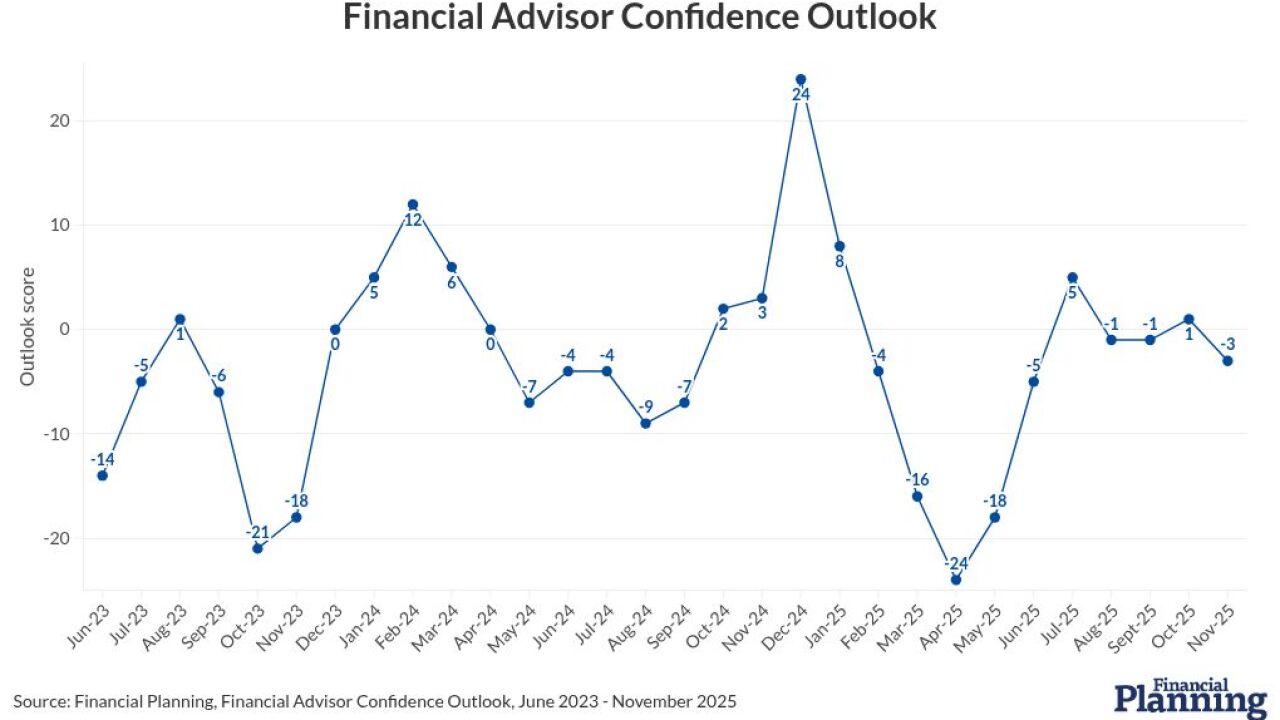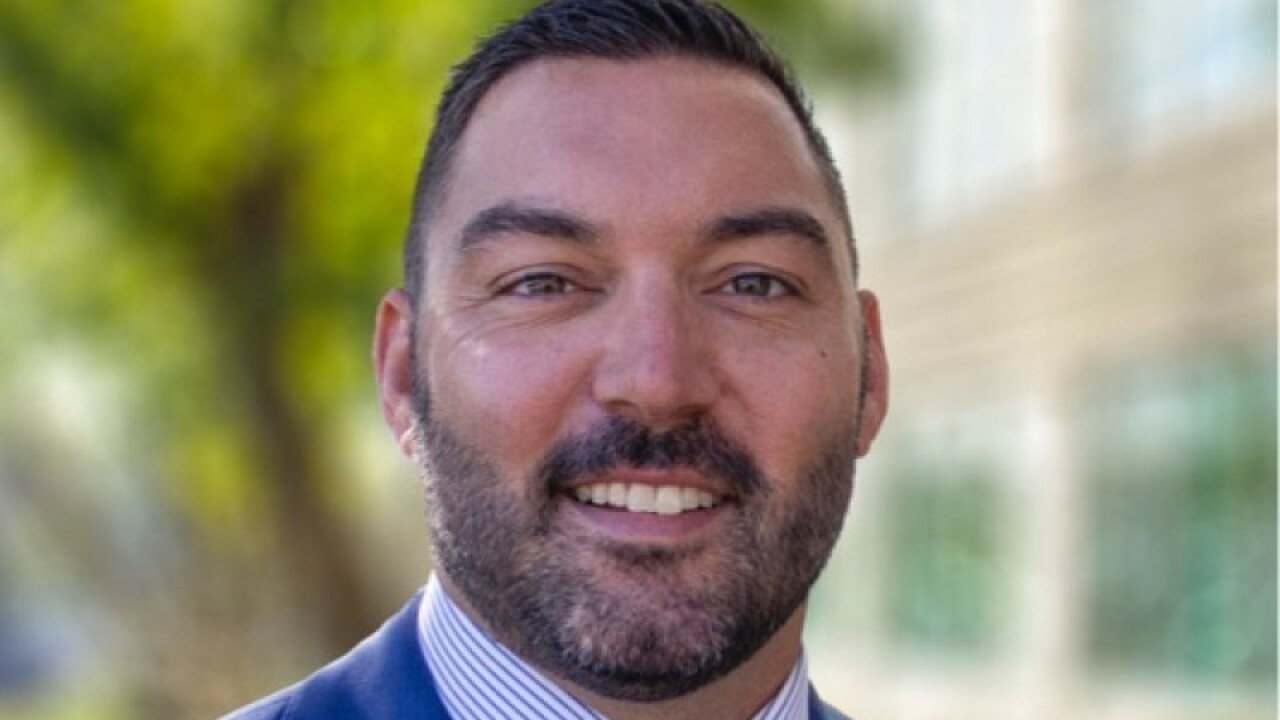(Bloomberg) -- The biggest acquisition in the asset-management industry this year began with a casual conversation between chief executive officers in February about how firms in Europe will be forced to charge their clients for managing money.
The deal -- a $2.6 billion merger between Henderson Group Plc and Janus Capital Group Inc. -- underscores the challenges that asset managers face: rising regulatory costs and growing pressure on fees from cheaper competitors. Andrew Formica, Henderson’s CEO, and Janus Capital CEO Dick Weil are betting that size is the answer.
“There is far more significant regulatory intrusion into our industry, and oversight that is requiring greater scale to be able to deliver that,” Formica said of the transaction that will create a $320 billion asset manager. “The industry post the financial crisis is changing.”
Investment banks and asset managers, struggling with record-low interest rates and shrinking profit margins, face an extra $2.1 billion in expenses stemming from an overhaul of market rules. What’s more, fund managers may have to start paying for broker research in 2018, putting additional pressure on their profit margins.
Greater Transparency
The rule changes, known as MiFID II, are designed to impose greater fee transparency as well as police conflicts of interests between brokers and asset managers in the European Union. Regulators are due to publish more details on how fees should be structured in the months ahead.
At the moment, investment banks currently spend about $5 billion a year on delivering research, according to Frost Consulting. If asset managers were to absorb all of those costs, their operating margins could be cut by 50 percent, the firm estimates. This information was included in whitepaper published on Monday by Frost, Bloomberg Intelligence and Edison.
The wide-ranging regulations are likely to be adopted by asset managers worldwide in a bid to reduce complexity, the paper says.
In preparation, the U.K.’s Financial Conduct Authority proposed last week that firms should disclose all transaction costs to pension funds, including expenses related to taxes and security lending.
“Costs for asset managers are continuing to increase,” said Alex Birkin, head of wealth and asset management at consultants EY in Europe. If they can’t generate enough revenue to pay for the overhaul, firms will start to look at others ways to “spread the regulatory burden,” he said.
More Mergers?
Henderson’s merger with Janus may fuel interest in additional deals among similarly-sized firms, according to analysts at Jefferies Group LLC and Cantor Fitzgerald LP. The headwinds facing the industry mean there’s a “rationale” for more M&A activity, Birkin said.
“We continue to see significant upside from cost-focused deals,” Exane analysts wrote in a report on Tuesday. Amundi SA, Man Group Plc and Schroders Plc have the potential to benefit most from making acquisitions, while Jupiter Fund Management Plc and Man Group are the most likely bid targets, the firm said.
“The highest-fee players in the mutual-fund business are going to have an increasingly difficult time,” said Janus’s Denver-based Weil, who is also having to contend with new U.S. rules introduced by the Department of Labor. “There has been fee pressure in our industry for quite some time. The DOL action does ratchet it up somewhat.”
The U.S. fiduciary rule, which also requires full compliance by 2018, states that brokers must put clients’ interests ahead of their own when handling retirement investments. That may prompt financial advisers to pour client money into cheaper index and exchange-traded funds, further threatening the profitability of active managers.
In Europe, the most pressing issue is how fund managers are going to pay for investment research that was previously bundled into the cost of using a broker. Under MiFID II, they will have to pay for the reports themselves or pass the cost onto their clients via a separate research payment account.
Less Research Spending
While many of Europe’s largest asset managers have yet to decide on which option to take, all agree that demand for analyst reports will drop. Quinlan & Associates predicts that spending on global research will decline by as much as 30 percent by 2020 as larger firms build their own analyst capabilities.
“The buy-side wallet is likely to shrink,” Benjamin Quinlan, CEO of the Hong Kong-based consultancy firm, wrote in the August report. “Managers with the greatest capacity to pay appear to derive the least amount of value from published research.”
Among British firms to have made a decision, Woodford Investment Management LLP, Baillie Gifford & Co. and Prudential Plc’s M&G Investments have opted to pay for equity research themselves rather than pass the charge onto clients. Woodford Investment, which oversees about 15 billion pounds ($18 billion), said that decision will cost the firm an extra 3 million to 4 million pounds a year.
The next step for these firms is to determine how paying for analyst reports will work in practice, such as using a la carte investment research menu, and how much brokers and investment banks are going to charge before the January 2018 start date. EU countries must first transpose the regulation into national law by July next year.
“Asset managers will have to align their research budgets with investment decisions, said Neil Scarth, a principal at Frost Consulting in London. “MiFID II raises the bar.”





